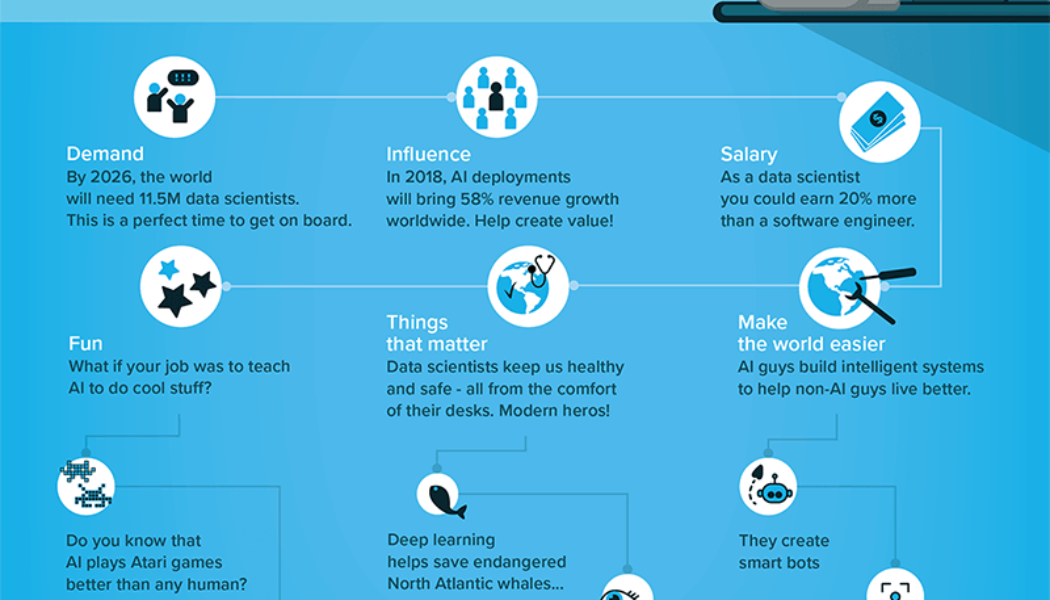Business Intelligence
Why Data Science Should Be Accessible to Everyone
We use cookies on our website to give you the most relevant experience by remembering your preferences and repeat visits. By clicking “Accept All”, you consent to the use of ALL the cookies. However, you may visit “Cookie Settings” to provide a controlled consent.
Why Augmented Analytics is Evolving in Today’s BI process
Since 2018, Gartner said that augmented analytics was set to change data analysis and business intelligence (BI) processes. Kevin Halkerd, senior IT risk and security analyst at e4, says that while he feels that the change had already begun, augmentation will bring about the change that is required to affect positive change and outcomes of data analysis. “We need to use augmentation rather than automation to not only lighten the load of the analyst but to also enhance cognitive abilities and reduce the cognitive bias of the data analytics. This will ultimately help to address the extreme volumes of information we currently have available as big data continues to grow unwaveringly,” says Halkerd. According to definitions, augmented analytics automates by finding and surfacing the most impor...



